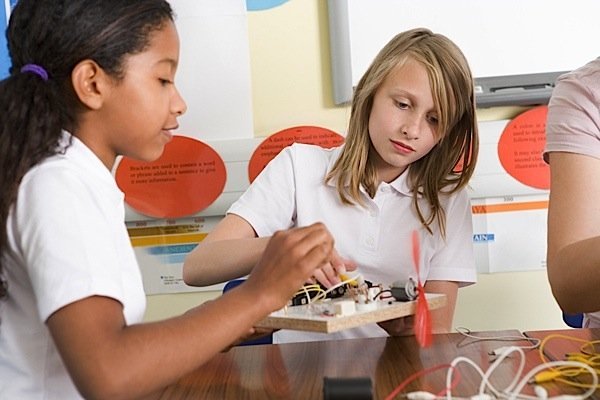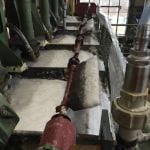
Less than 12 per cent of licensed, practising engineers in Canada are women, according to Engineers Canada. In the UK the number is even lower: 7 per cent. This in spite of the obvious truth that women make up half the population in both countries. Engineers Canada has made a commitment to attract more women to the engineering profession. Its “30 by 30” program seeks to raise the percentage of newly licensed engineers who are women to 30 per cent by the year 2030. In honour of International Women’s Day, the CEO of Engineers Canada called on all stakeholders to continue their efforts to make that a reality.
The group says that achieving the 30 by 30 goal is vital to the sustainability of the profession, and its ability to “innovate for the safety and well-being of society.” Diversity in the workplace has “proven value” for innovation, creativity and economic competitiveness, according to the Engineers Canada Vice-President, Strategy and Partnerships, Jeanette M Southwood. For this reason, Engineers Canada supports the 30 by 30 goal with a number of activities, including planning guides for employees and employers regarding maternity leave in the engineering professions, and support for research projects that aim to identify and reduce barriers to women’s entry into those professions.
Diversity has proven value in the workplace for innovation, creativity and economic competitiveness in a global economy. Engineers Canada is therefore dedicated to working with its members, partners and other stakeholders to advance diversity within the engineering profession.
One of the biggest barriers to women in engineering is attitudinal. In Britain, three-quarters of women interviewed by the Royal Academy for Engineering (RAE) said that they regarded engineering as a “male career.” This problem of sexism has its roots in primary and high school, according to the RAE, where the STEM subjects—science, technology, engineering and mathematics—are already viewed (and often presented) as “boy subjects.” Girls are not only not encouraged to consider careers in science and engineering, they are often actively discouraged. The sexism then continues at the industry level, with many women finding themselves subjected to discrimination and worse.
In its guide for regulators and engineering stakeholders, “Reaching 30 by 30,” Engineers Canada calls on organizations to undertake a number of internal and external activities. Appoint a staff person to be a “women in engineering champion” who can work to promote the goal. Creating a Women in Engineering committee to support staff efforts is another step organizations can take. Creating and supporting scholarships for female engineering students, and encouraging women engineers to become role models, particularly for high school students, are other ways to help achieve the goal.
The complete Engineers Canada guide can be found here.
































